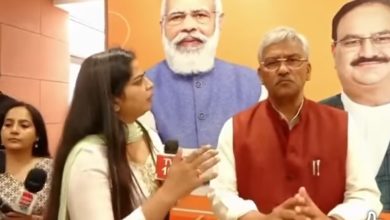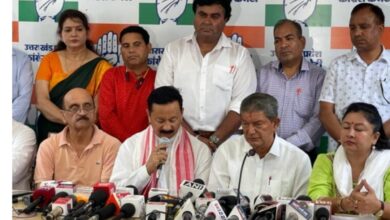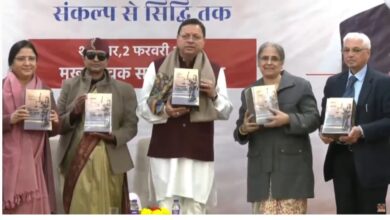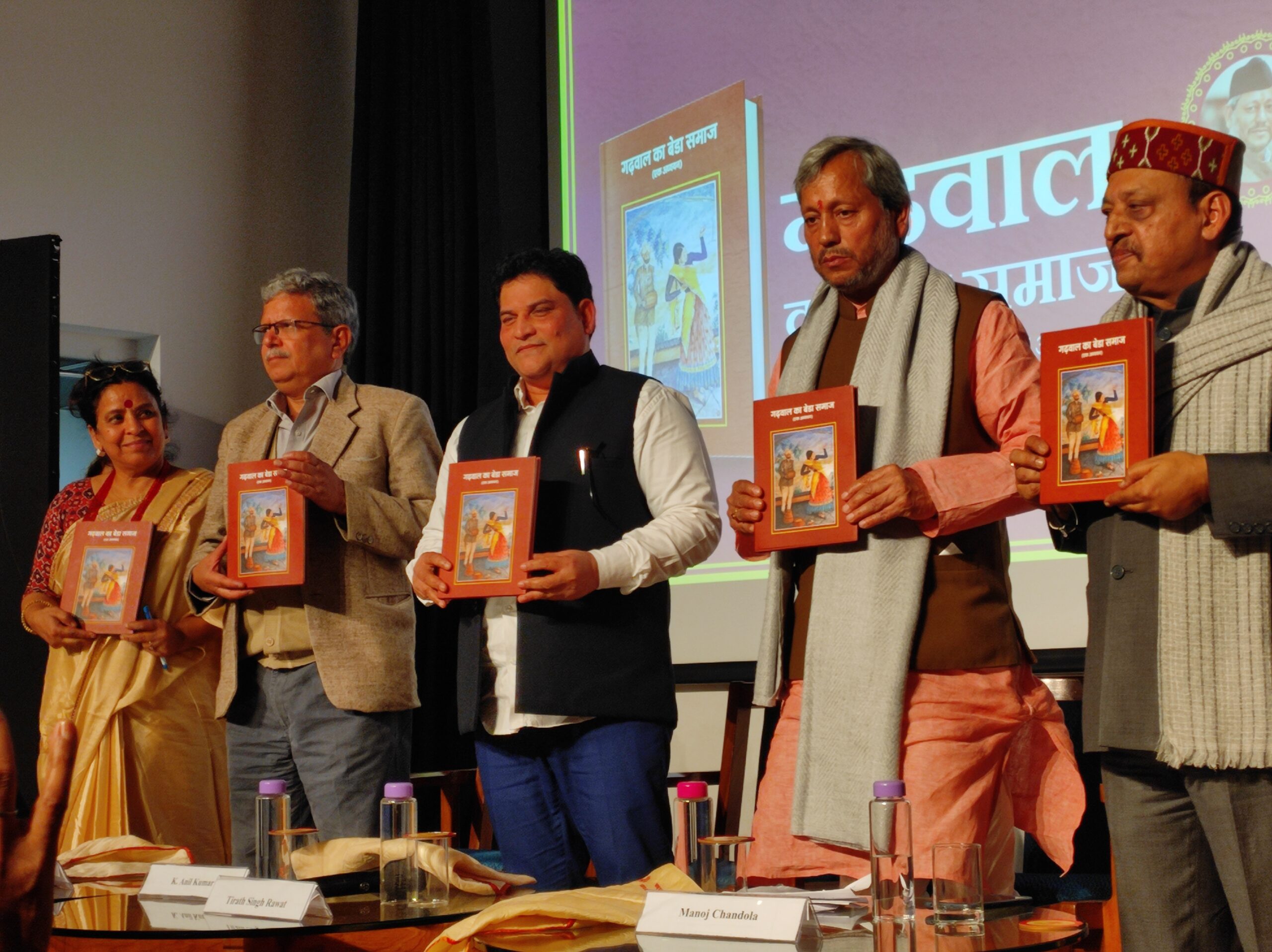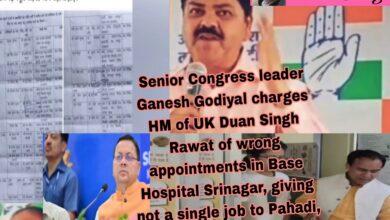Why is Uttarakhand facing a decline in voter turnout ? Intellectuals deliberate at the Round table
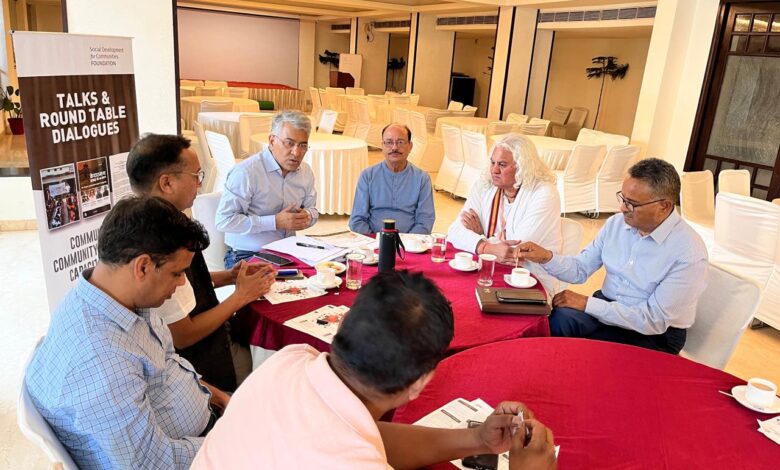
SUNIL NEGI

For the Lok Sabha elections in 2024, Uttarakhand recorded a significantly low turnout of only 57.22%. This voter turnout percentage is lower compared to the previous two Lok Sabha elections in Uttarakhand. Even in these elections, there was a noticeable traditional gap between the plains and the hills regarding voter turnout trends. While the plain seats like Haridwar and Nainital witnessed comparatively higher voter turnout, there was general apathy observed in the hilly regions of Almora, Garhwal, and Tehri regarding voting.

The SDC Foundation, a social organization, organized a round table dialogue on the topic “Why is Uttarakhand facing a decline in voter turnout ?”
Addressing this issue were educators, social workers, media personnel, and representatives of the youth.
During the dialogue, speakers from various sectors attributed the low voter turnout to factors such as migration for less participation, a one-sided political narrative leading to voter disengagement, and to some extent, the issue of missing voters. Suggestions for improvement in this situation included providing incentives like free rides for voting, expanding the facility of voting from home, remote voting, and ensuring robust coverage of the voter list.




Starting the dialogue, Anoop Nautiyal of SDC Foundation mentioned that in the first phase, Uttarakhand ranked 19th among 21 states and union territories. Out of the 70 assembly constituencies, 18 in the hills had more than 50% of the population not voting. This is concerning from a national security perspective for a border state like Uttarakhand.
Senior journalist Jay Singh Rawat pointed out that this time, the dates of voting coincided with wedding ceremonies, which may have contributed to the low voter turnout.
Additionally, complaints regarding fundamental amenities like roads, remained unaddressed by the administration, leading to voter disenchantment.
He also suggested that the disillusionment with established political parties and leaders in the state might be a reason for low voter turnout.
ADR State Coordinator Manoj Dhayani emphasized that migration is primarily responsible for the low voter turnout percentage, along with responsibility lying with migrant voters who, under the emotional appeal of campaigns like “My Village, My Vote,” might have registered their votes in their villages but failed to turn up for voting.
According to him, the extensive exchange of leaders from political parties before the elections has also eroded the confidence of voters in the political process, leading to people abstaining from voting.
Senior journalist Varsha Singh stated that discrepancies in the voter list and daily issues faced by voters could be reasons for low voter turnout. Discussing the lack of options, she highlighted the need for technological advancement.
Dr. R P Mamgain from Doon University mentioned that around 50 to 60 percent of voters in politics are not committed to any party or individual, termed as floating voters. This time, the floating voters didn’t seem to have any reason for voting. It seems this segment is content with their situation, feeling that voting or not voting won’t make a difference.
Prof. Harsh Dobhal pointed out that low voter turnout in remote areas reflects the state of development there. Local issues remained overlooked in the elections. He stressed the need for more research and study to understand low voter turnout better.
Ranvir Singh Chaudhary stated that excessive focus on the Prime Minister’s face and 400 seats made the election campaign lose its enthusiasm. He noted a lack of enthusiasm among women voters in Uttarakhand, despite their traditionally significant role.
Additional Director of Information Ravi Bijarniya said that the Election Commission made significant efforts to increase voter turnout this time, but Uttarakhand still fell behind its target.
However, this time the trend was observed throughout the country in the first two phases.
He said that people look for their presence in the voter list of local body or Panchayat elections to be present in the voter list of Lok Sabha and Vidhan Sabha as well, although both voter lists are prepared by different organizations in different ways.
Dhaad’s Archana Gwadi said that youth generally seemed unaware and disinterested towards voting. The NOTA option does not seem useful to voters.
According to research scholar Roli Pandey, migration is the main reason for low voter turnout in Uttarakhand. A large number of youth in Uttarakhand work in nearby hotels and resorts. This time, due to the voting being on Friday and the weekend being of three days, hotels and resorts were already booked, so it was not possible for those youth to get leave for voting.
Doon University student Iris Chauhan said that this time the election in Uttarakhand revolved around a 26-year-old candidate, indicating the emergence of this youth. The fact that major political parties and politicians are becoming irrelevant to most people can also be a reason for low voter turnout. She said that there is still a lack of acceptability regarding NOTA.
Anil Sati said that women have always played an important role in Uttarakhand, but this time there was not much enthusiasm among women regarding voting.
Senior journalist Sanjeev Kandwal summarized the dialogue, suggesting that the Election Commission should provide free rides to voters to increase voter turnout. Usually, such benefits are given during Raksha Bandhan, which can also lead to increased voting. He advocated for the Election Commission to seriously consider remote voting. He also proposed having alternative days for voting instead of just one day. Increasing the scope of voting at home could also be a reform to consider. Also, creating a robust one-state-one-voter list could prevent confusion among voters.
The founder of SDC ANOOP NAUTIYAL concluded by thanking everyone and stated that the report of the Round Table Dialogue on the topic “Why is Uttarakhand facing a decline in voter turnout?” would be shared with the Election Commission. He emphasized the need for political parties in the state and the Election Commission to address the serious issue of Uttarakhand’s declining voting trend and public apathy with earnestness.




